2020’s Top 10 Nation News Stories
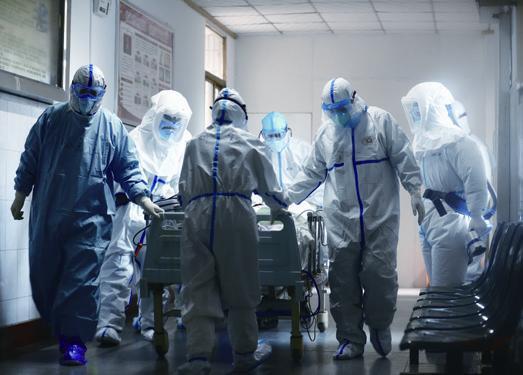
1 All-Out War on COVID-19
The year 2020 will go down in history as the novel coronavirus disease(COVID-19) year, with the first case reported in Wuhan, Hubei Province in central China.Outbound traffic from Wuhan was shut down on January 23 and top-level public health emergency responses were activated across the country. Resources, including more than 42,000 medical workers, were mobilized from other areas to assist Hubei.
In about three months, a decisive victory had been secured and on April 8, Wuhan lifted its outbound traffic restrictions after 76 days. On April 26, the last hospitalized COVID-19 patient in the city was discharged. Social and economic activities across the country steadily resumed.
As of December 17, according to National Health Commission data, 86,789 confirmed cases had been reported on the Chinese mainland. In all, 81,851 patients had been cured and discharged from hospital, 4,634 persons died, and the rest were still under treatment.
Measures have been continued to prevent inbound cases and local transmission.
2 Eradication of Absolute Poverty
Eradication of absolute poverty in 2020 is a milestone for the country. On December 3, President Xi Jinping announced that all remaining rural poor population had moved out of poverty under the current standard.Poverty alleviation efforts were intensified after 2012 and a year later, targeted poverty alleviation, proposed by Xi, began to be implemented. In 2014, 832 counties, about one third of the total, were listed as poor.
Nearly 100 million people have shaken off poverty in the past eight years, and all the impoverished counties have been taken off the poverty list. This has laid a solid foundation for achieving moderate prosperity in all respects by 2021.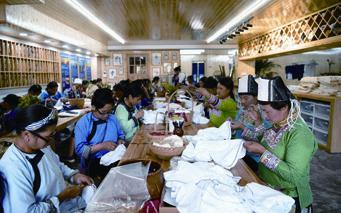
3 New Development Plan
A new blueprint for development in the next five years and beyond was mapped at the Fifth Plenary Session of the 19th Central Committee of the Communist Party of China held in Beijing in October. The Party leadership adopted proposals for the 14th FiveYear Plan (2021-25) and long-range objectives through 2035.After becoming a moderately prosperous society in all respects in 2021, China will strive to realize basic national modernization by 2035 and to become a modern socialist country by 2049.
The plenum stressed high-quality development, as well as a dual circulation development pattern, where the domestic and foreign markets boost each other, with the domestic market as the mainstay.
Enhancing comprehensive national strength, increasing per-capita GDP to the level of moderately developed countries, and achieving common prosperity are among the major goals to be achieved by 2035.
4 Civil Code Promulgated
The first Civil Code was adopted at the Third Session of the 13th National Peoples Congress (NPC), the top legislature, on May 28 and will enter into force on January 1, 2021. It will serve as a basic law governing the personal and property relations between civil subjects with equal status.Respect and protection of individuals freedom, dignity, interests and rights are among its highlights.
The Civil Code consists of general provisions, supplementary provisions, and six parts covering property, contracts, personal rights, marriage and family, inheritance, and tort liability.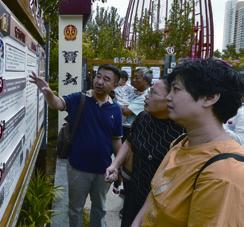
5 National Security Law in HKSAR
On June 30, the Law on Safeguarding National Security in Hong Kong Special Administration Region (HKSAR) was adopted at the 20th Session of the 13th NPC Standing Committee and went into effect the same day.Formulated according to the Constitution, HKSARs Basic Law and an NPC decision, the law improves the institutional framework of the “one country, two systems.” It defines the duties and government bodies of HKSAR for safeguarding national security. Punishment is specified for four types of offences endangering national security: secession, subversion, terrorist activities, and collusion with a foreign country or external elements to endanger national security.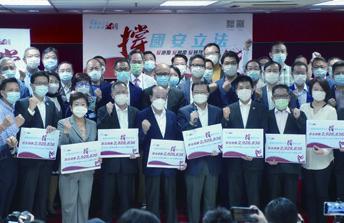
6 Space Achievements
Two of the most complicated and challenging missions in Chinese aerospace history were carried out: to bring samples back from Moon and to land a probe on Mars, both the first of their kind for China.The Change-5 lunar probe, comprising an orbiter, a lander, an ascender and a returner, was launched on November 24, and its landerascender combination touched down on Moon on December 1. After collecting samples, the ascender took off on December 3, and three days later, docked with the orbiter-returner combination in lunar orbit, transferring the samples to the returner. The returner landed back in China with the 2-kg lunar samples on December 17.
Mars probe Tianwen-1 was launched on July 23. It is expected to complete orbiting, landing and roving in one mission. The spacecraft will study Martian geological structure, surface material composition, climate and environment. The journey to the red planet is estimated to take seven months.
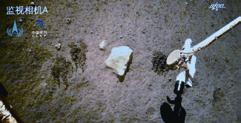
7 Homegrown Navigation System Completed
The deployment of the homegrown global navigation system was completed with the launch of the 55th and last satellite of the BeiDou Navigation Satellite System (BDS) on June 23.The BDS is widely used in transportation, agriculture, forestry, fishery, hydrological monitoring, meteorological forecasts and disaster relief, according to the China Satellite Navigation Office. It features unique advantages such as providing two-way messaging services, compared with the three other global positioning systems in the world—GPS of the U.S., Galileo of the EU and GLONASS of Russia.
The navigation system was built in three steps starting from the 1990s. It began to serve the Asia-Pacific region in 2012, and was officially launched for world services on July 31.
8 Record Flood and Control
The most severe flood since 1998 hit China in the rainy season, affecting more than 70 million people in 28 provincial-level regions and causing 271 dead and missing , with direct economic loss of 214.31 billion yuan($32.73 billion). The average rainfall since June had been the highest since 1961. As a result, the waters of 827 rivers rose above the warning level.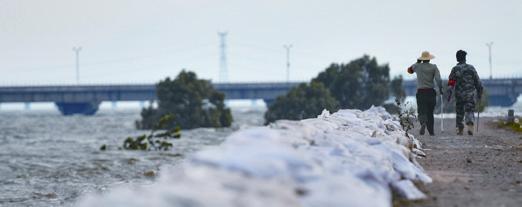
Flood control and disaster relief work was carried out in an effective and orderly manner, and the death toll was nearly half compared with the average in the same period in recent five years.
The Three Gorges project played a key role in flood control along the Yangtze River Basin. The project was officially certified as complete and fully functioning on November 1.
9 Seventh Census
The seventh national population count kicked off on November 1. Nearly 7 million census takers started going door to door to document information of residents.China is facing the pressure of a large population and the challenge of demographic transition. The census data to be published in April 2021 will be used for making important resources, population and policy decisions.
The most recent census, in 2010, recorded a population of 1.37 billion.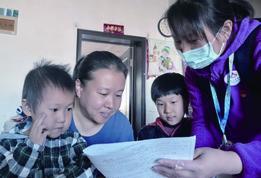
10 Yangtze River Fishing Ban
By the end of 2020, a 10-year fishing ban will be imposed in the mainstream of the Yangtze River and its major tributaries.The Ministry of Agriculture and Rural Areas and two other ministries issued a plan in 2019, laying down the timetable for the ban. By the end of 2019, fishing in the Yangtze River aquatic biological protection zones had been banned.
The fishing ban is an important measure to conserve biological resources.

